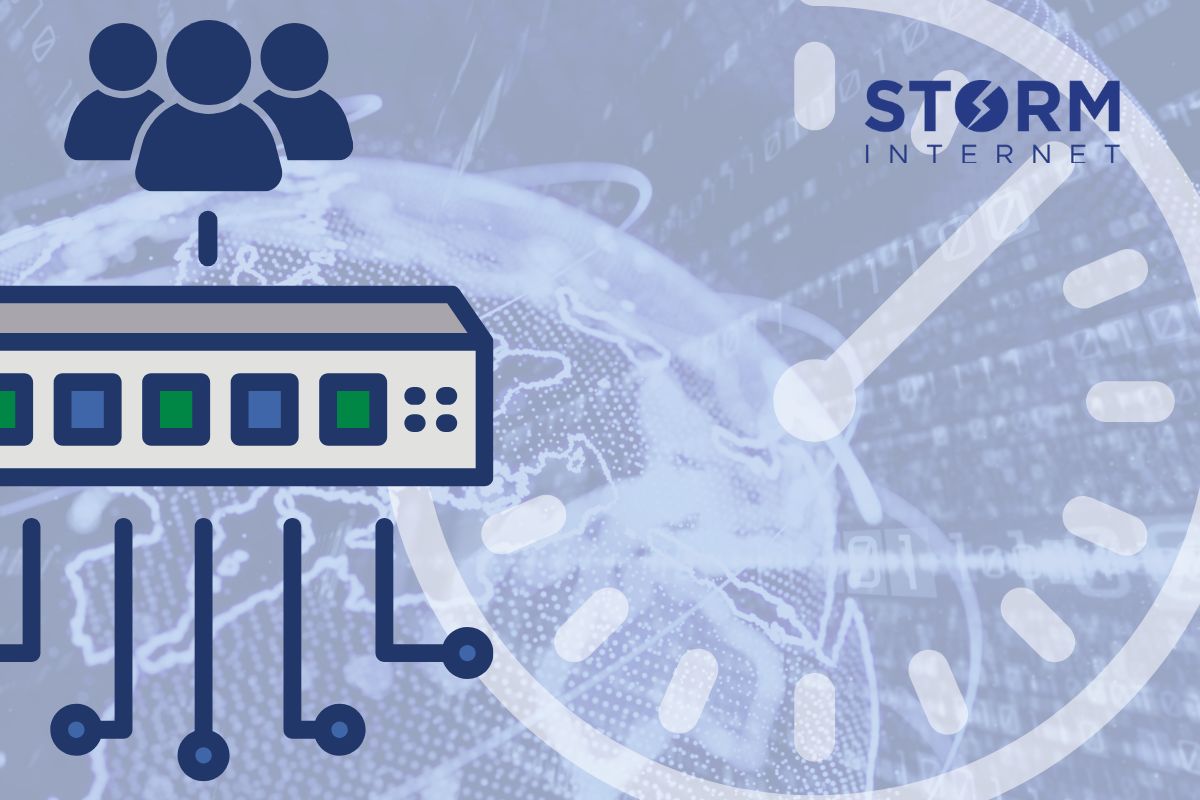BaaS
Backup as a Service (BaaS) vs Traditional Backups: Which One Keeps You Safer

Data backup is crucial for every organisation, large or small. With increasing threats ranging from accidental deletion and hardware failure to sophisticated cyberattacks, safeguarding data has never been more essential. There are two primary approaches organisations adopt: Backup as a Service (BaaS) and traditional backups. This post will compare these methods across control, security, compliance, disaster readiness, and cost considerations to help determine which solution might be safer and more beneficial for your organisation.
Understanding Backup Methods
Backup as a Service (BaaS) is a cloud-based solution managed by third-party providers. It involves automated, remote data storage via subscription services, significantly reducing internal IT efforts.
Traditional backups, on the other hand, involve manual or semi-automated processes typically stored onsite, such as on physical servers, tapes, or external drives, and are managed entirely by the internal IT team.
Control
Traditional Backups: Organisations retain full control over backup infrastructure—hardware, software, scheduling, and security policies. This level of control enables highly customised solutions tailored to specific business needs. However, complete internal management poses significant risks related to human error, expertise gaps, and resource availability.
Backup as a Service: Control is delegated to the provider, reducing internal workload and enabling IT teams to focus on strategic initiatives. While this simplifies management, organisations have less direct influence over infrastructure specifics, highlighting the importance of clear Service Level Agreements (SLAs).
Security
Traditional Backups: Internal teams bear full responsibility for both physical and digital security, including encryption, access control, and infrastructure protection. This approach demands significant expertise and resources, and any lapses can leave data vulnerable to theft, breaches, or hardware failures.
Backup as a Service: BaaS providers typically employ robust security measures such as end-to-end encryption, multi-factor authentication, and continuous monitoring. These providers frequently undergo regular security audits, enhancing overall protection. However, reliance on third-party management raises concerns about data privacy during transmission and storage, making it essential to select reputable providers carefully.
Compliance
Traditional Backups: Ensuring compliance with standards like GDPR, HIPAA, or PCI DSS entirely rests on internal teams. Organisations must manage regular audits and adjust policies frequently, which can be resource-intensive and prone to human error.
Backup as a Service: Compliance management is significantly streamlined as reputable BaaS providers handle audits, certifications, and regulatory adherence. Providers typically supply documentation, audit logs, and tools to verify compliance, although clear delineation of responsibilities between provider and client remains crucial.
Disaster Readiness and Recovery
Traditional Backups: Disaster recovery relies heavily on physical infrastructure and manual processes, making traditional backups vulnerable to hardware damage, theft, or localised disasters. Recovery times (RTO) and points (RPO) can be longer and less predictable, impacting business continuity.
Backup as a Service: Cloud-based solutions offer superior disaster readiness by leveraging geographically dispersed data centers, ensuring redundancy. BaaS typically supports rapid, automated recovery processes that significantly reduce downtime. However, dependence on internet connectivity can pose risks in cases of widespread network outages.
Cost Considerations
Traditional Backups: These methods involve significant upfront investment in hardware, software, and IT infrastructure. While long-term operational costs might stabilise, unexpected expenses related to maintenance, repairs, and scaling can introduce financial unpredictability.
Backup as a Service: BaaS operates on a subscription model with minimal upfront costs, offering predictable expenses aligned to actual usage. It reduces overall IT staffing requirements, with maintenance and upgrades included in the subscription.
Which Option Keeps You Safer?
Deciding between Backup as a Service and traditional backups depends largely on your organisation’s unique circumstances:
- Control: Traditional backups offer detailed customisation, ideal for businesses needing stringent control. BaaS suits companies aiming for simplified, efficient management.
- Security: BaaS generally provides more comprehensive security measures unless internal teams have substantial expertise and resources.
- Compliance: BaaS streamlines compliance significantly, reducing internal resource demands.
- Disaster Readiness: BaaS clearly excels, providing robust, rapid, and resilient disaster recovery capabilities.
- Cost: BaaS typically offers lower, more predictable costs, beneficial for small-to-medium organisations, while traditional backups may suit enterprises with substantial existing infrastructure.
Conclusion
Both Backup as a Service and traditional backups offer distinct benefits and challenges across control, security, compliance, disaster readiness, and cost. Ultimately, the safer solution hinges on individual business circumstances, including resources, regulatory obligations, risk tolerance, and disaster preparedness requirements.
Call to Action: Consider conducting a comprehensive risk assessment or consulting with data backup experts to identify the ideal backup strategy tailored to your organisation’s unique needs and safety requirements.
Speak with a Storm Expert
Please leave us your details and we'll be in touch shortly
A Trusted Partner








